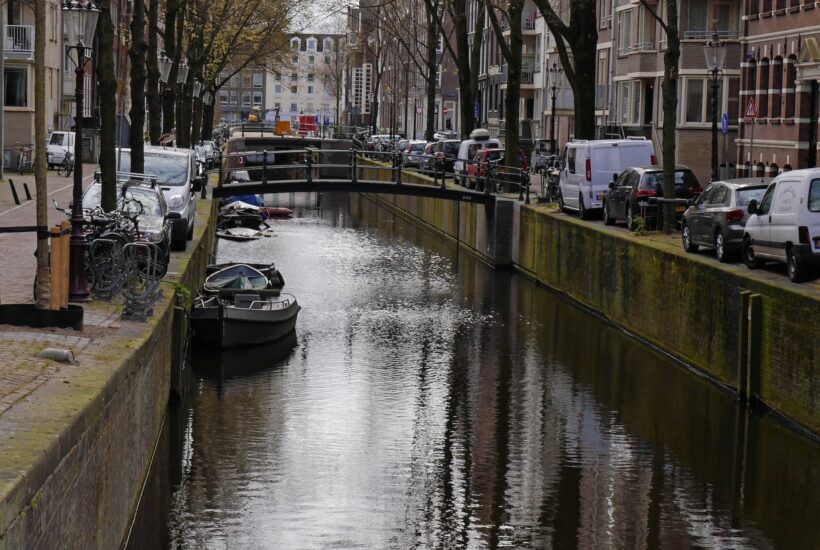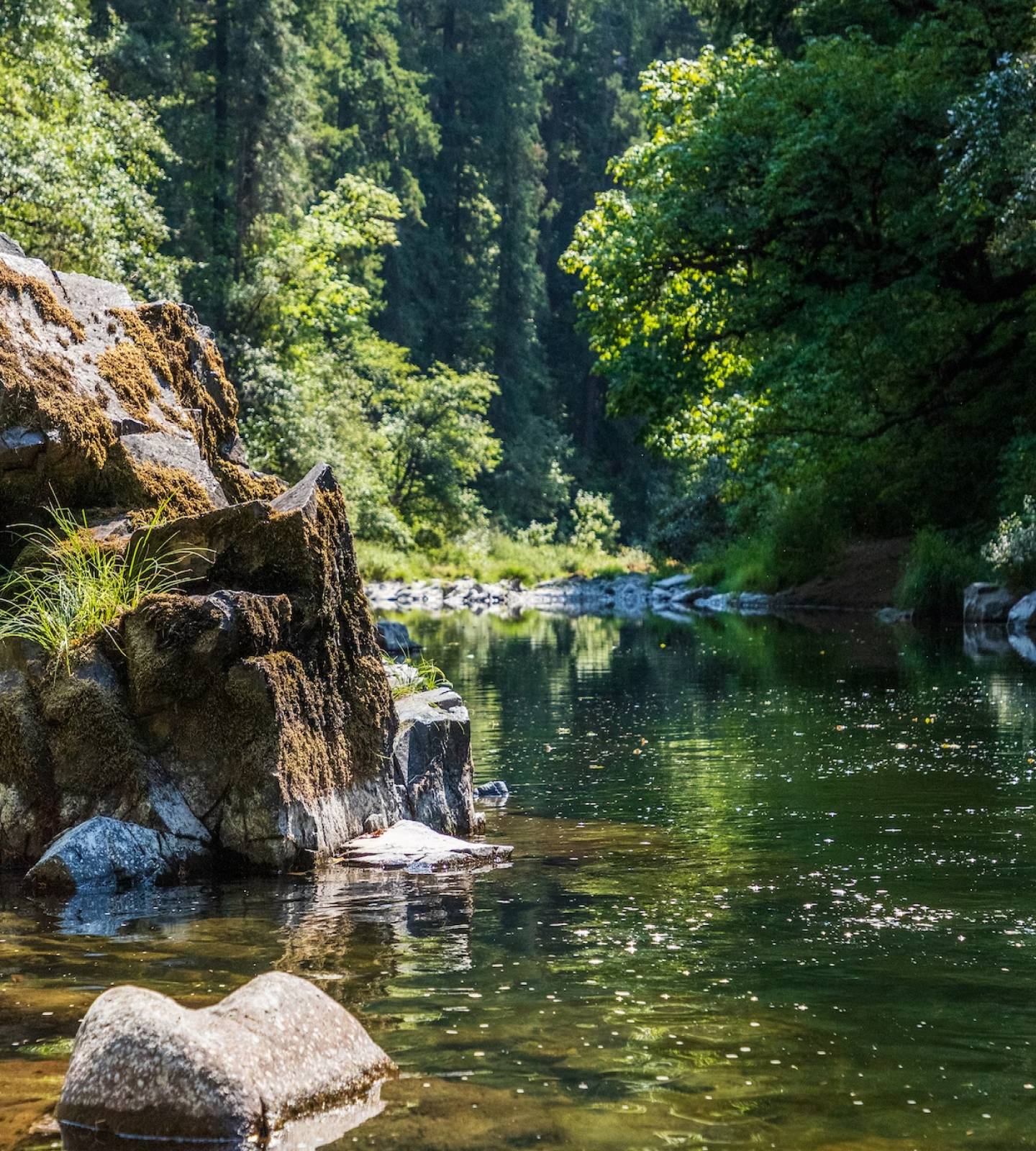The integral water cycle and the associated environmental costs
Everyday and seemingly simple actions like turning on a tap conceal a sequence of more complex stages and relationships. This common use of water is made possible by all the processes involved in what is known as the integral water cycle.

Routines and apparently straightforward actions like turning on a faucet hide behind them a sequence of more complex stages and relationships. This common use of water is made possible through the various processes involved in what is called the integrated water cycle.
As a starting point, it’s crucial to acknowledge that 75% of freshwater is used in agriculture, making it undoubtedly the largest water consumer globally. This, combined with population growth, urbanization, industrialization, and climate change, has led to a problem of water scarcity, posing a global challenge for the environment and human health. Hence, a more sustainable improvement in water use efficiency is necessary.
It’s important to distinguish between the natural water cycle or hydrological cycle, through which water transitions from one state to another naturally, and the integrated water cycle, a cyclical process that occurs due to human intervention, generally covering population supply and sanitation services.
This cycle can be defined as a succession of stages, beginning with the necessary tasks to obtain the water resource, which concludes when it reaches the user and, shortly thereafter, the water is returned to nature (a river or sea).
The initial step is the collection of water from the natural environment. As the majority of water obtained isn’t safe for use, it needs treatment before human consumption. This purification is carried out in Drinking Water Treatment Plants (DWTPs), Potabilization Plants, or Desalination Plants.
Once the water has been treated and made potable, it is transported to urban reservoirs connected to a supply and distribution network, through which potable water is conveyed to the place of consumption.
After its use, both human and industrial, the sewerage network or collectors transport wastewater to a Wastewater Treatment Plant (WWTP), where the water undergoes a complex treatment process to be reused or, when returned to the river or sea, ensure minimal environmental impact. In some areas, the sewer system directly discharges water into rivers or the sea, leading to illegal discharge points, largely unmonitored.
Ultimately, to ensure the successful completion of the integrated water cycle, different stages occur, requiring complex processes and expert management.

What about the environmental costs associated with the process?
This entire cycle directly impacts our aquatic ecosystems and isn’t always taken into account. It’s crucial to consider water usage for life, so we must raise awareness about its preservation, conservation, and protection, optimizing each phase involved in the water cycle.
In the circular water economy, it’s important that human intervention doesn’t adversely alter its quantity and quality. Nature itself warns us that the damage we cause to water quality has a negative effect on biodiversity and, of course, on our own health.
Water scarcity is one of the major issues worldwide. About 97% of existing water cannot be consumed as it’s in the oceans and is saline; the majority of the rest is groundwater, and less than 1% is freshwater available for consumption.
The idea that water is a scarce resource doesn’t concern us. What happens after flushing the toilet? Very few people know.
From pollution, not only of water but also of land or air, to drought, primarily due to the phenomenon of climate change that amplifies its occurrence; to uncontrolled use of water, both on a large scale in industries (like in agriculture with inefficient irrigation systems, losses due to evaporation in open conduits, etc.), and on a small scale in our homes, all contribute to this problem, which is everyone’s responsibility to care for and not squander.
We all want high-quality water from our taps, but few consider what type of water we return to the natural environment.
Given this situation, it would be interesting to monitor in real time and with precision what happens with the quantity and quality of water at each of these points where water is sourced, treated, distributed, collected, purified, and reused.
There is no doubt that these new practical challenges related to water management will help reverse this situation affecting everyone.
AQUACORP
Join the future of continuous water quality monitoring


